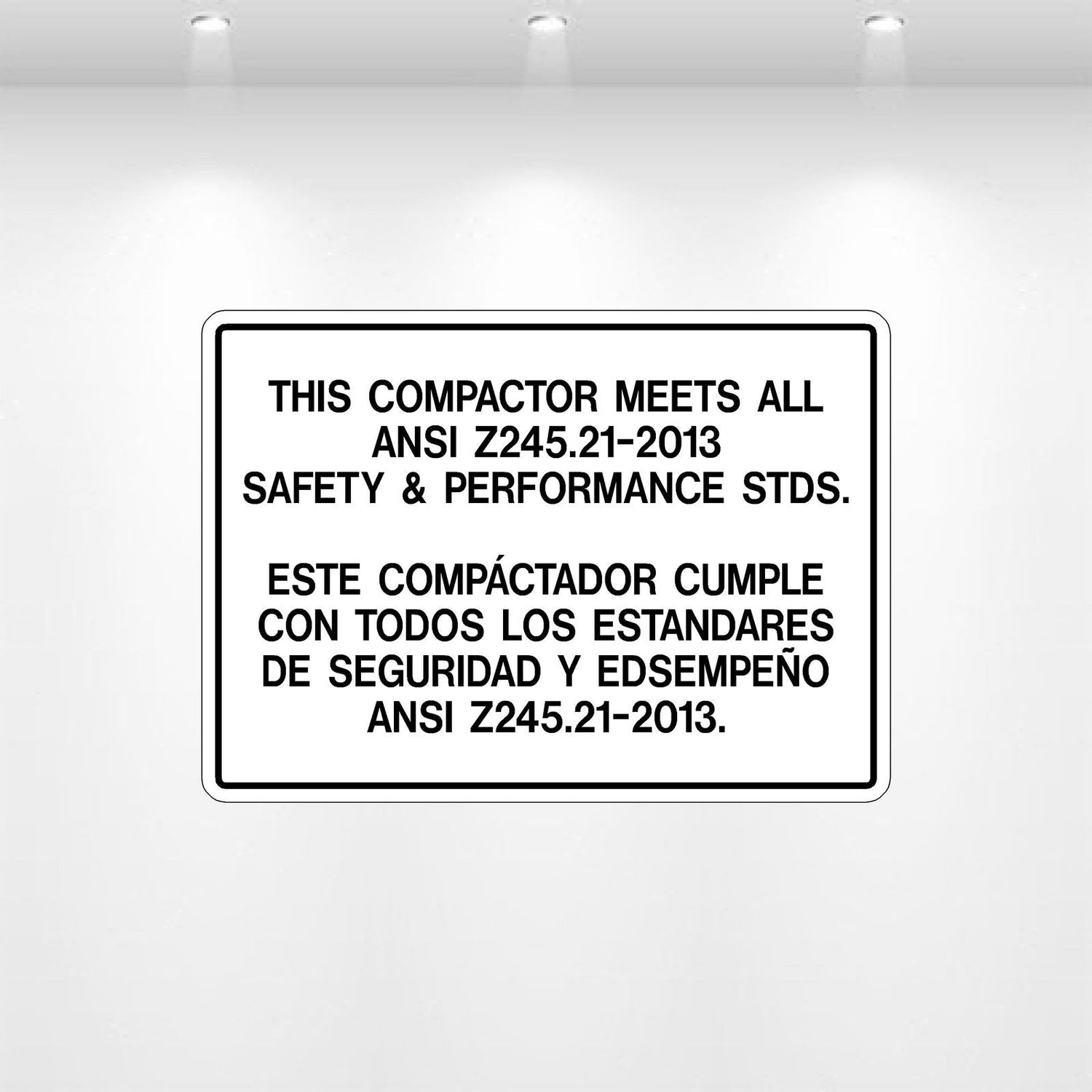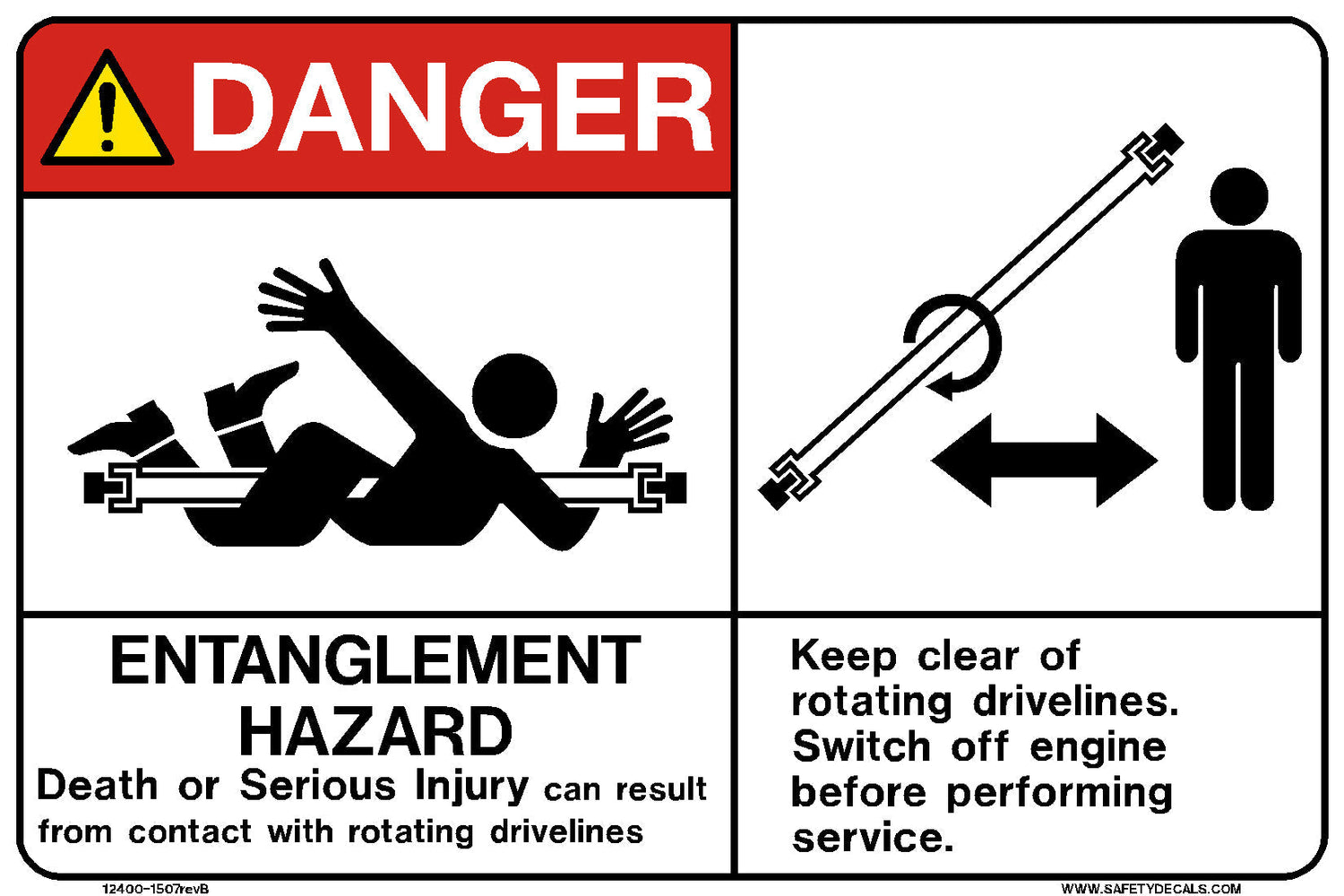News
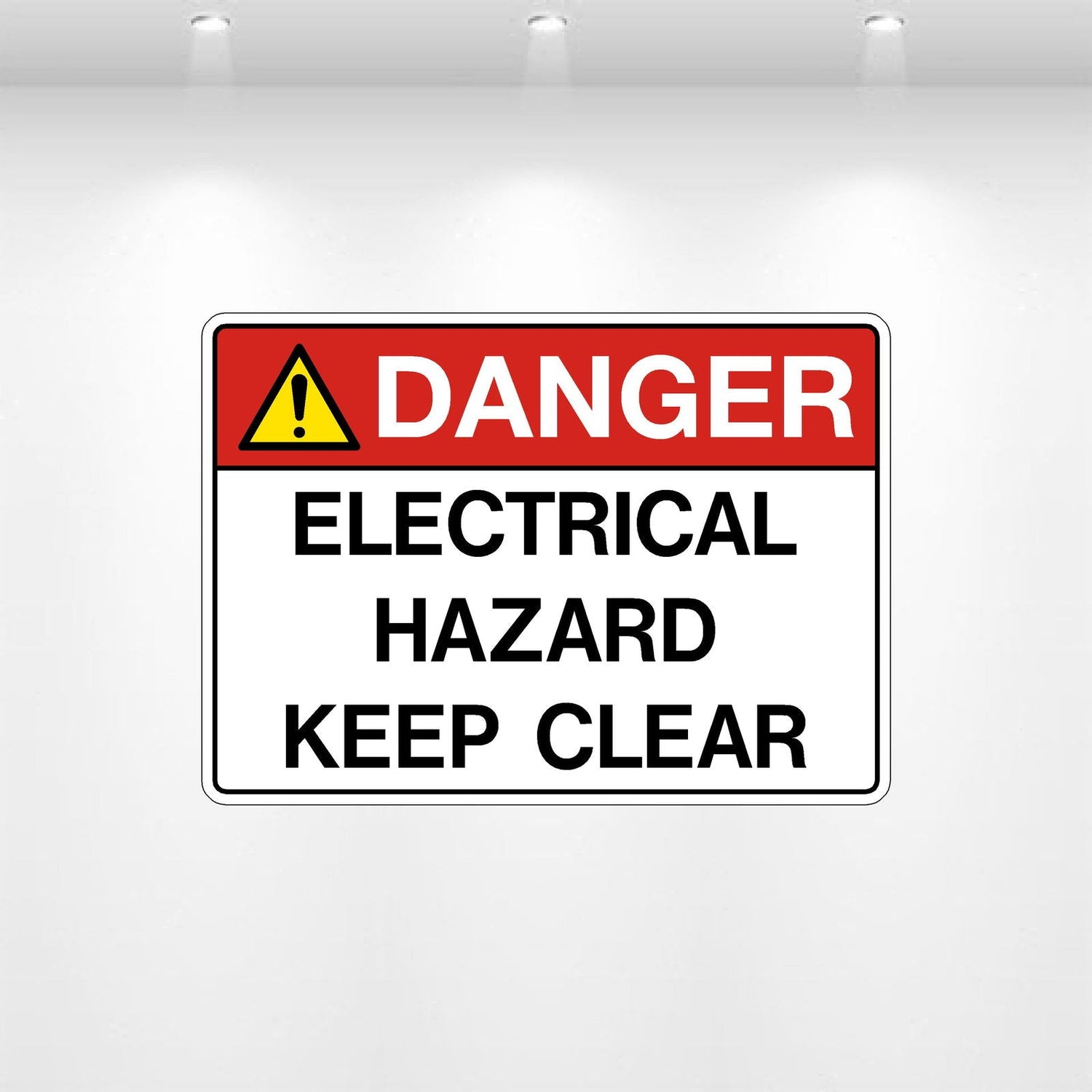
Why Custom Safety Decals Improve Workplace Communication
Effective workplace communication prevents accidents, reduces risks, and keeps employees informed. Custom safety decals serve as clear, visual reminders that reinforce safety protocols, ensuring information is easy to understand at...
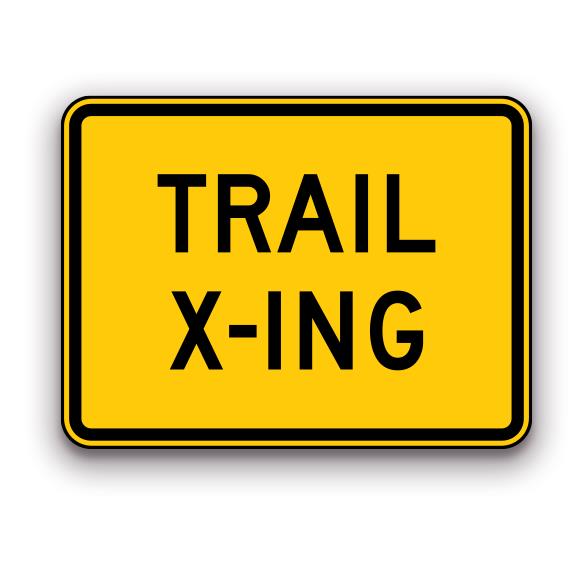
Best Practices for Placing & Maintaining High-Visibility Warning Signs
High-visibility warning signs help prevent accidents and protect workers. In industrial settings, proper signage alerts people to hazards before they cause harm. However, signs only work if they are placed...
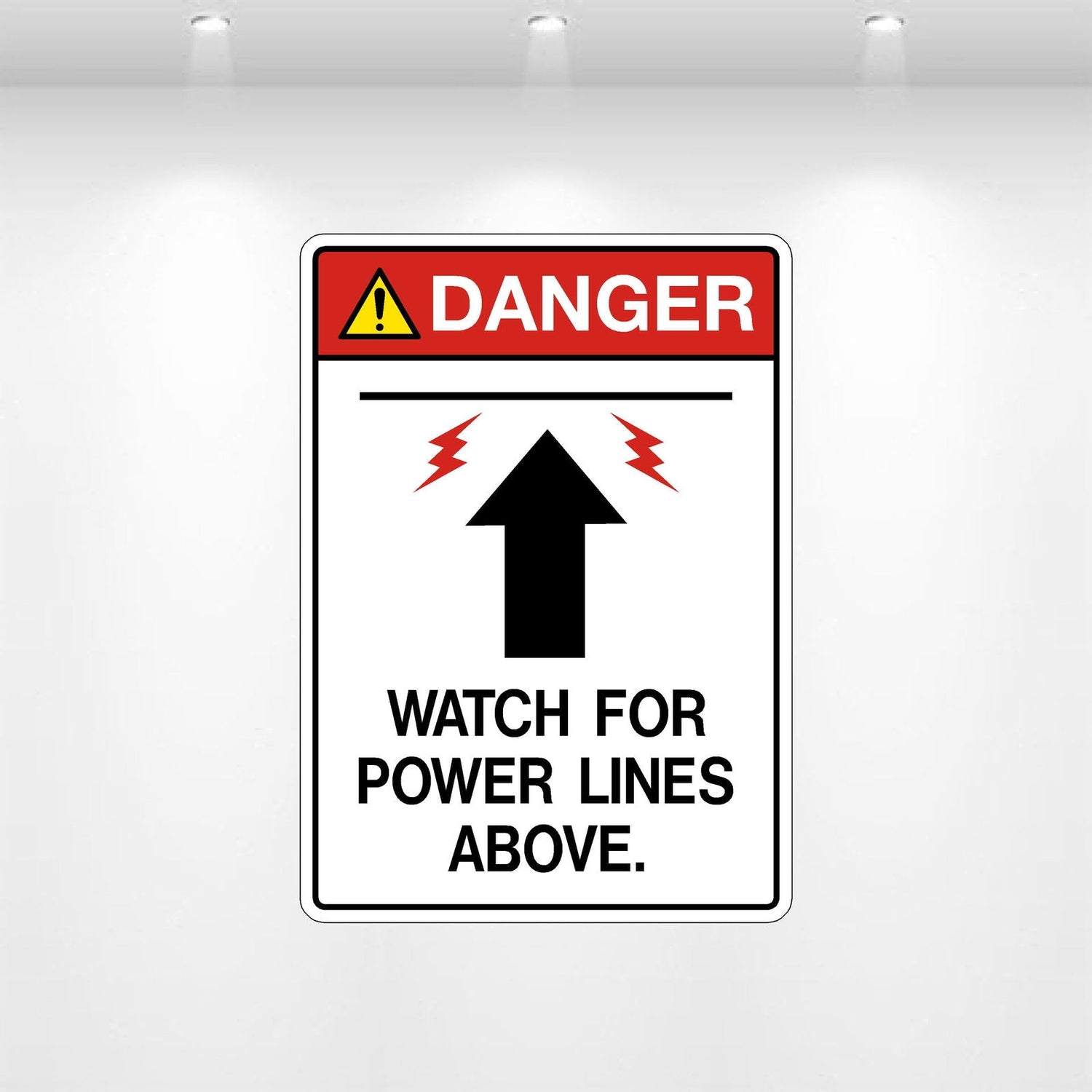
Lockout/Tagout (LOTO) Labels: How They Prevent Workplace Injuries
Workplace injuries happen when machines start unexpectedly or when stored energy is released without warning. Lockout/Tagout (LOTO) procedures prevent these hazards by ensuring that equipment stays off during maintenance or...

Emergency Exit & Fire Safety Signs: OSHA & NFPA Compliance Guide
Fires and emergencies happen without warning. Clear, visible exit and fire safety signs save lives. OSHA and NFPA set strict guidelines to ensure businesses meet safety requirements. Proper compliance protects...
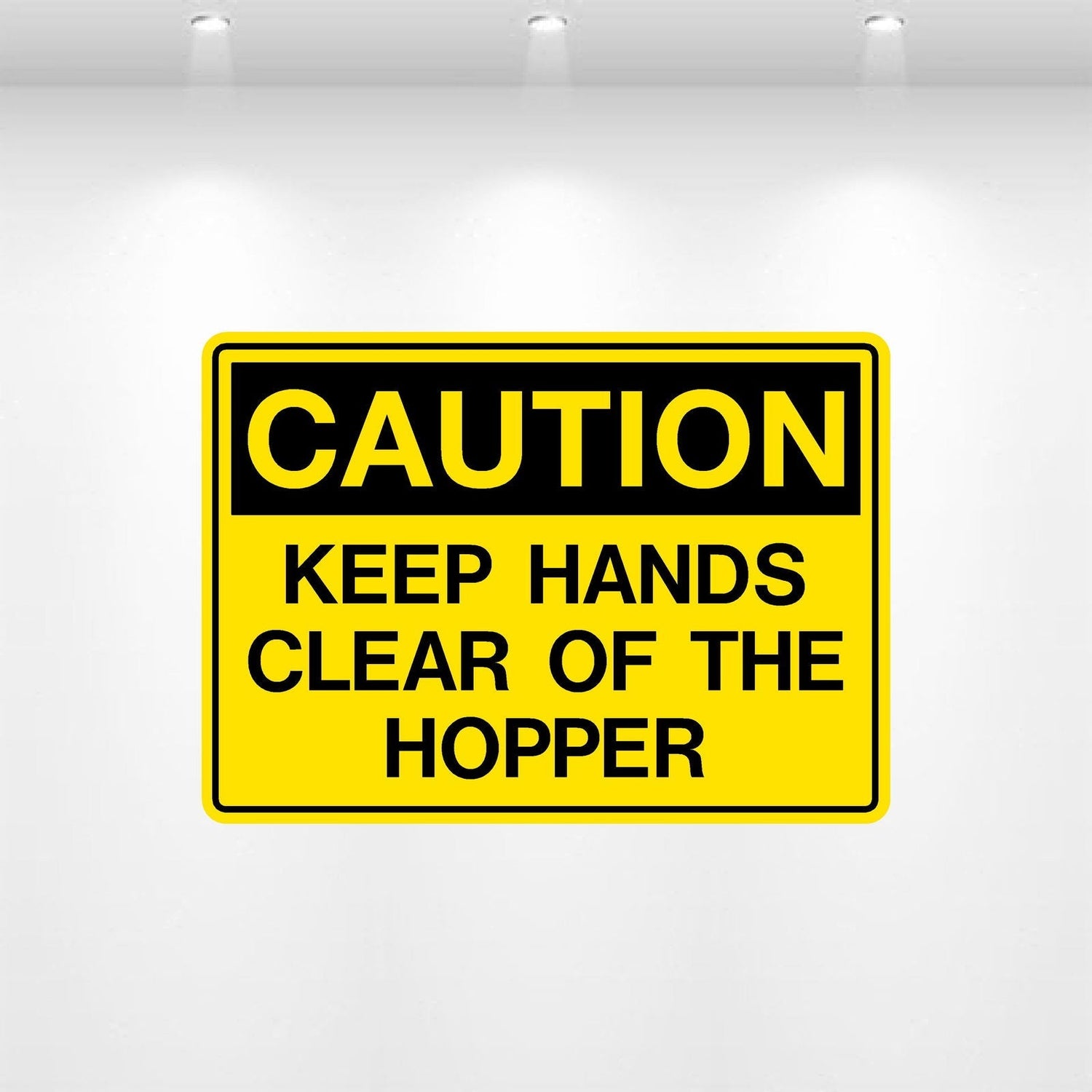
How the Right Safety Decals Can Reduce Liability in the Workplace
Accidents happen, but many are preventable. Clear communication is key to keeping workers safe and protecting businesses from liability. When people know the risks around them, they make better decisions....
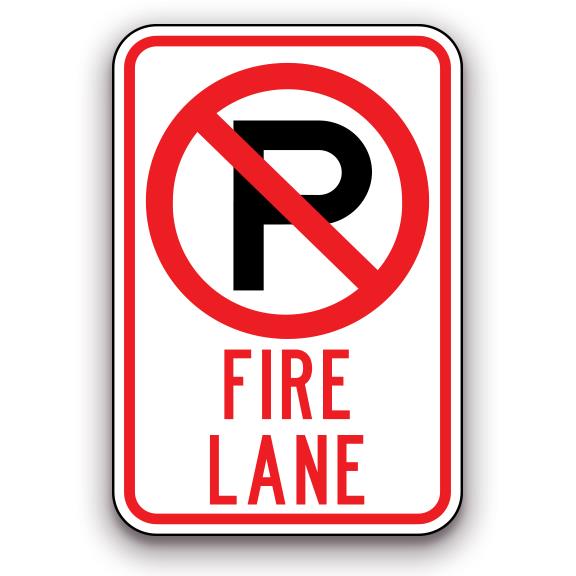
ANSI Safety Labels vs. ISO Standards: Key Differences Explained
Workplace safety depends on clear hazard communication. Safety labels help prevent accidents by warning workers of potential risks. Two major systems set the standards for these labels: ANSI and ISO....
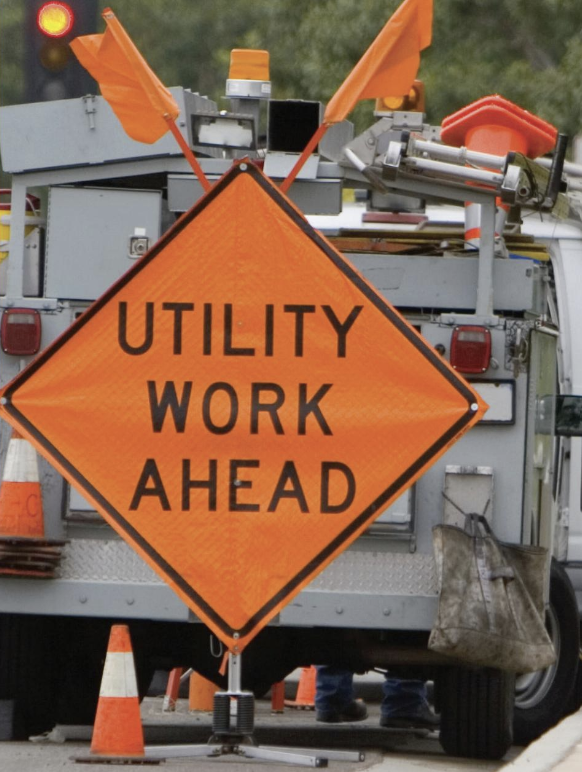
Common OSHA Violations Due to Improper Signage & How to Avoid Them
Workplace safety is not optional. OSHA sets clear standards to protect workers, and signage plays a critical role in compliance. Improper safety signs can lead to violations, putting employees at...

How to Conduct a Safety Signage Audit for OSHA Compliance
Workplace safety depends on clear, effective signage. Signs help prevent accidents, direct employees, and communicate hazards. Without proper signage, workplaces risk confusion, non-compliance, and even legal trouble. OSHA (Occupational Safety...
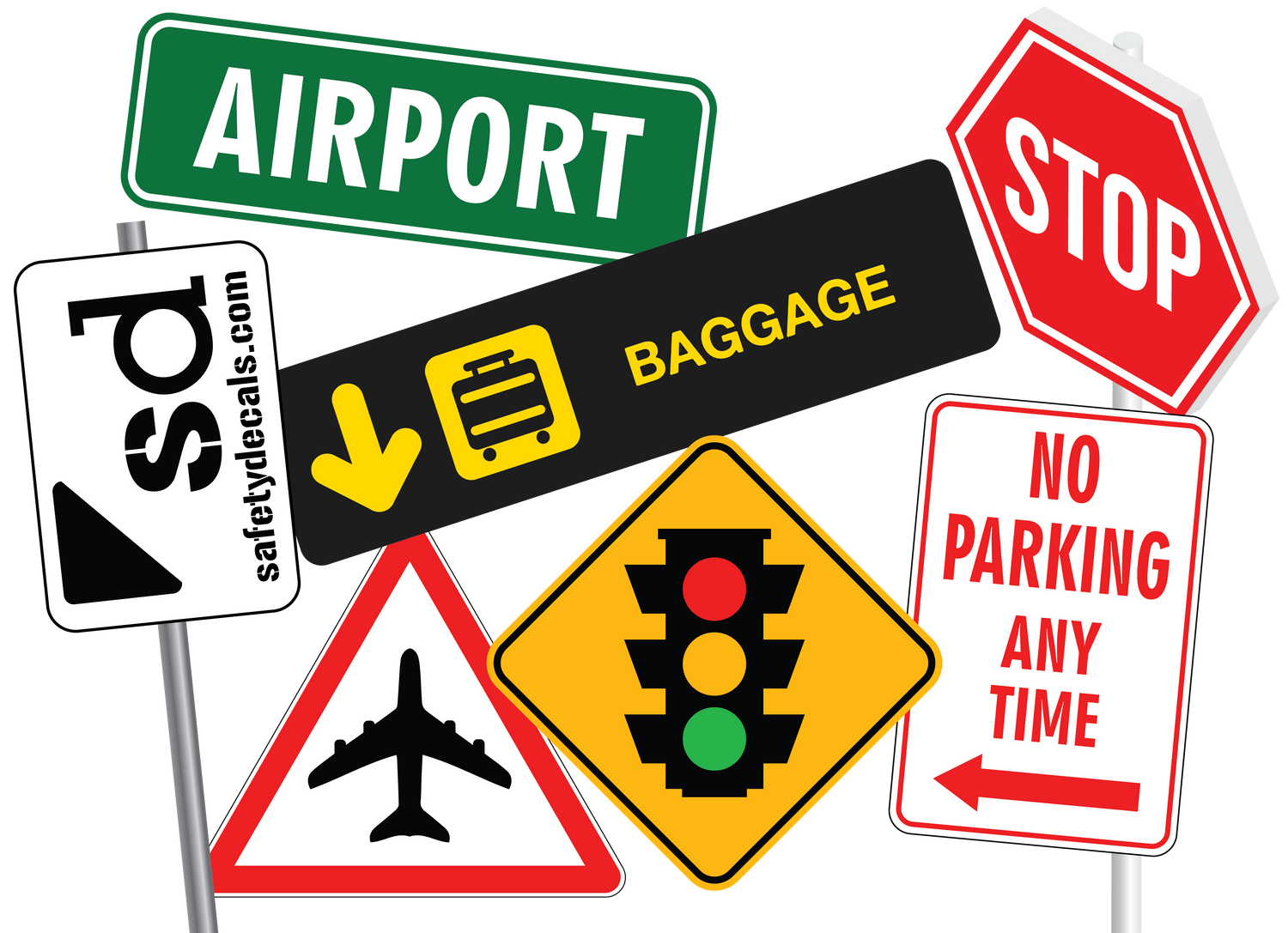
The Impact of Smart Traffic Signs on Road Safety
Traffic signs are often the unsung heroes of road safety—quiet, steadfast sentinels that guide us through the chaos of daily commutes. For decades, they’ve provided drivers with the critical information...
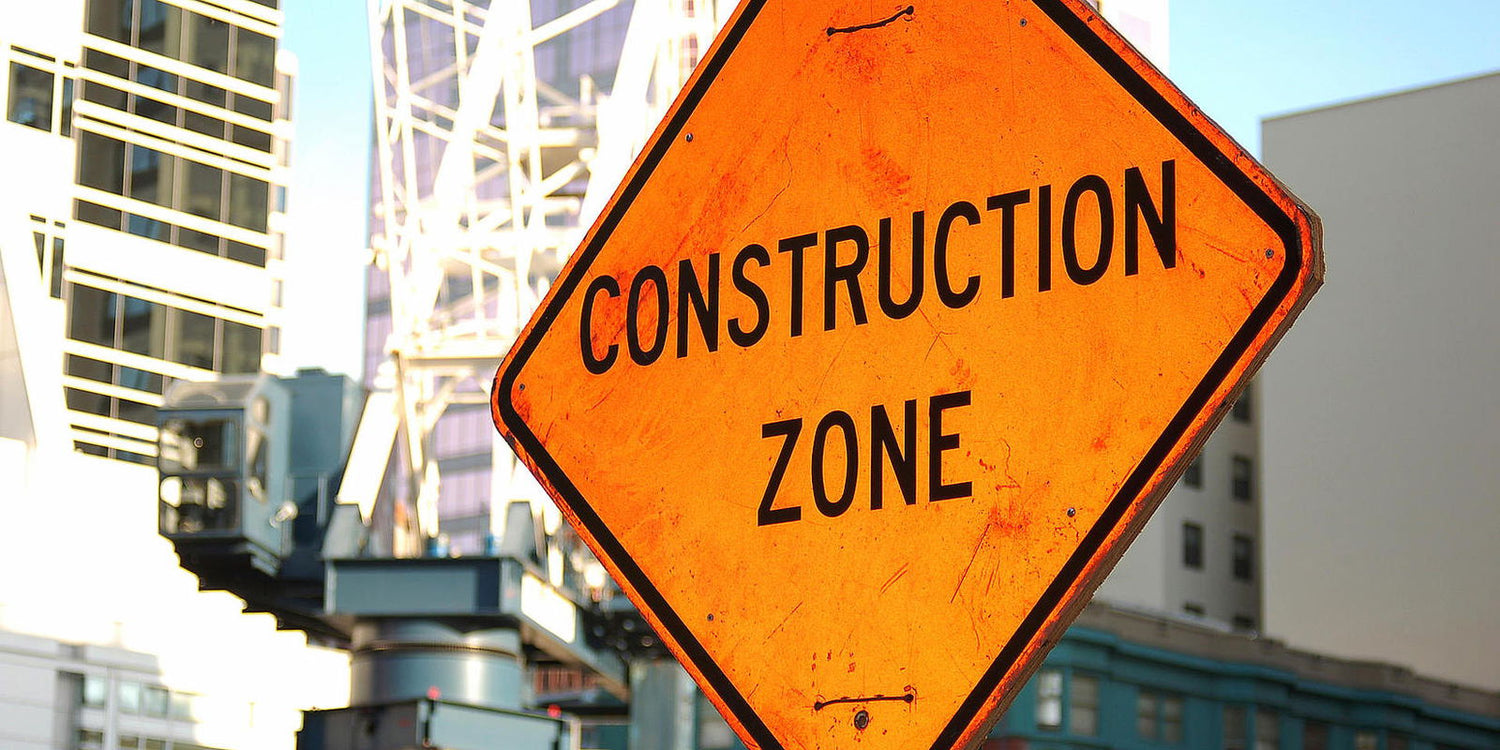
Essential Equipment Decals for Construction and Heavy Machinery
Heavy equipment operates in demanding environments where safety, efficiency, and proper communication are critical. Decals, labels, and stickers serve as key tools in ensuring everyone around the machines stays informed...

Designing Infection Prevention Decals for Hospitals and Clinics
Clear and effective communication is essential in healthcare settings. Infection prevention decals are a critical tool for guiding staff, patients, and visitors toward safer behaviors. From directing sanitization efforts to...
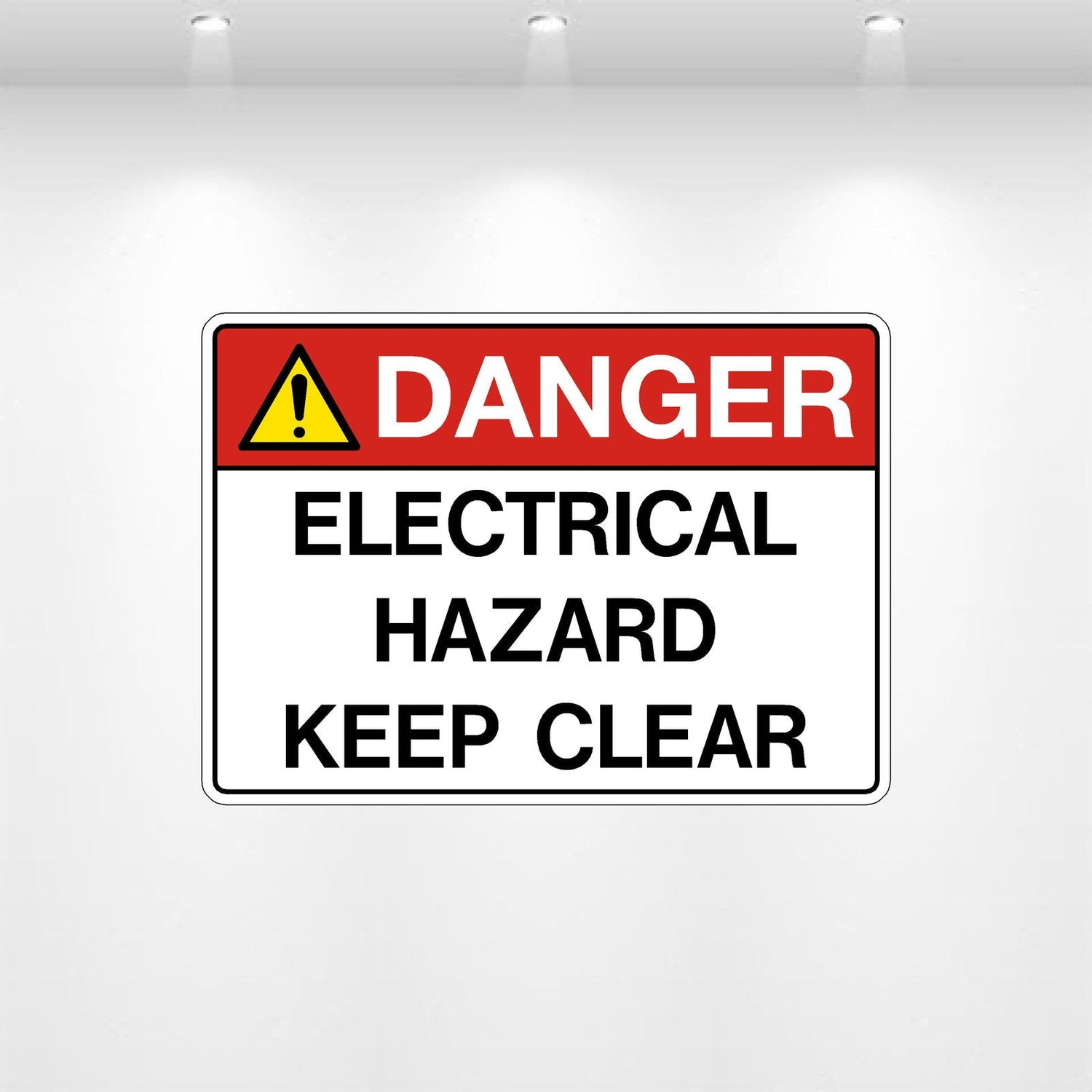
The Importance of Color and Symbols in Hazard Warning Decals
Hazard warning decals play a crucial role in workplace safety. These visual alerts communicate critical information that can save lives and prevent injuries. Understanding how color and symbols enhance the...
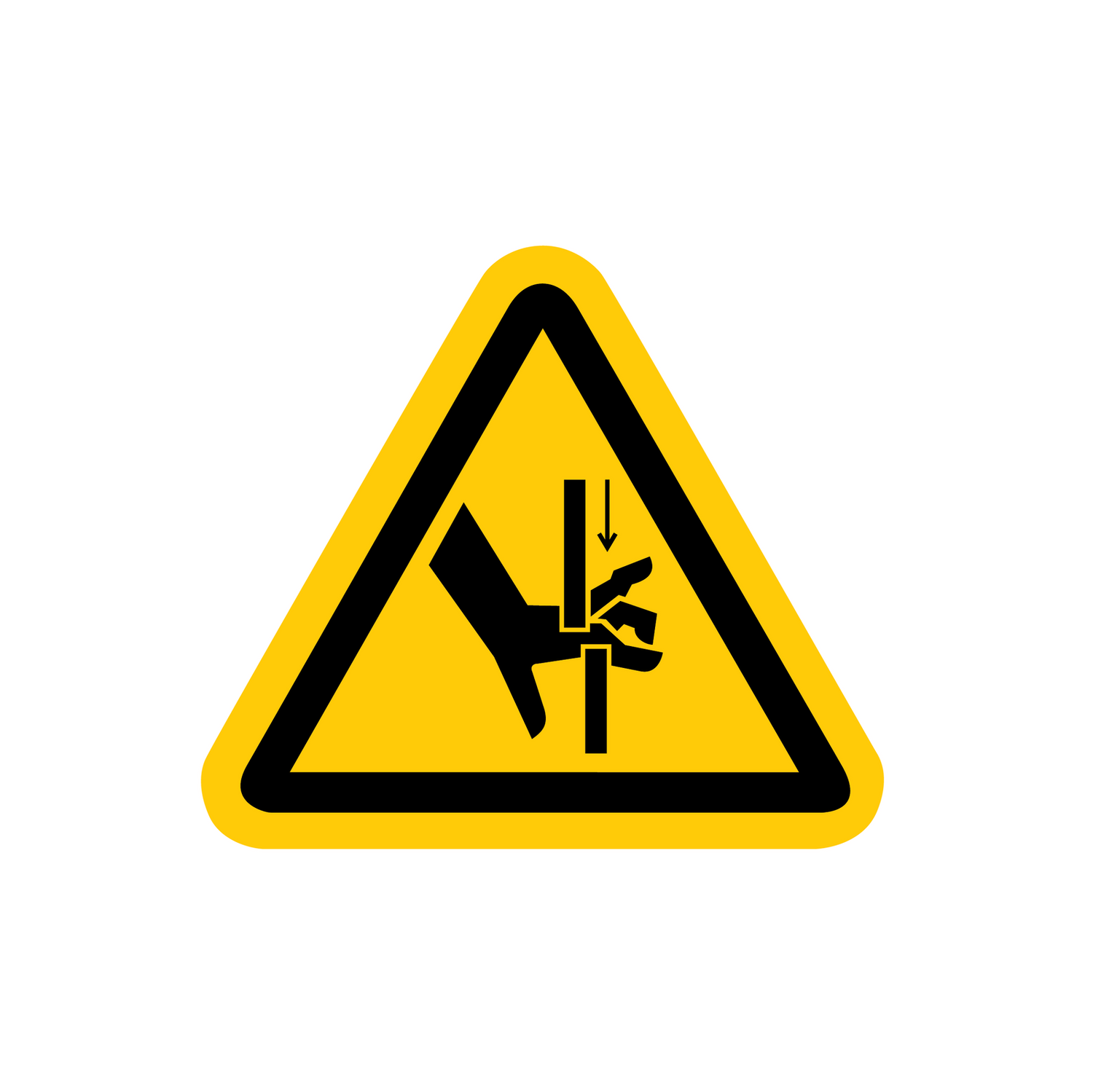
How Industrial Equipment Safety Labels Reduce Workplace Accidents
Ensuring workplace safety is an ongoing challenge for industries that rely on heavy machinery. Accidents can result from improper usage, failure to identify hazards, or a simple lack of awareness....
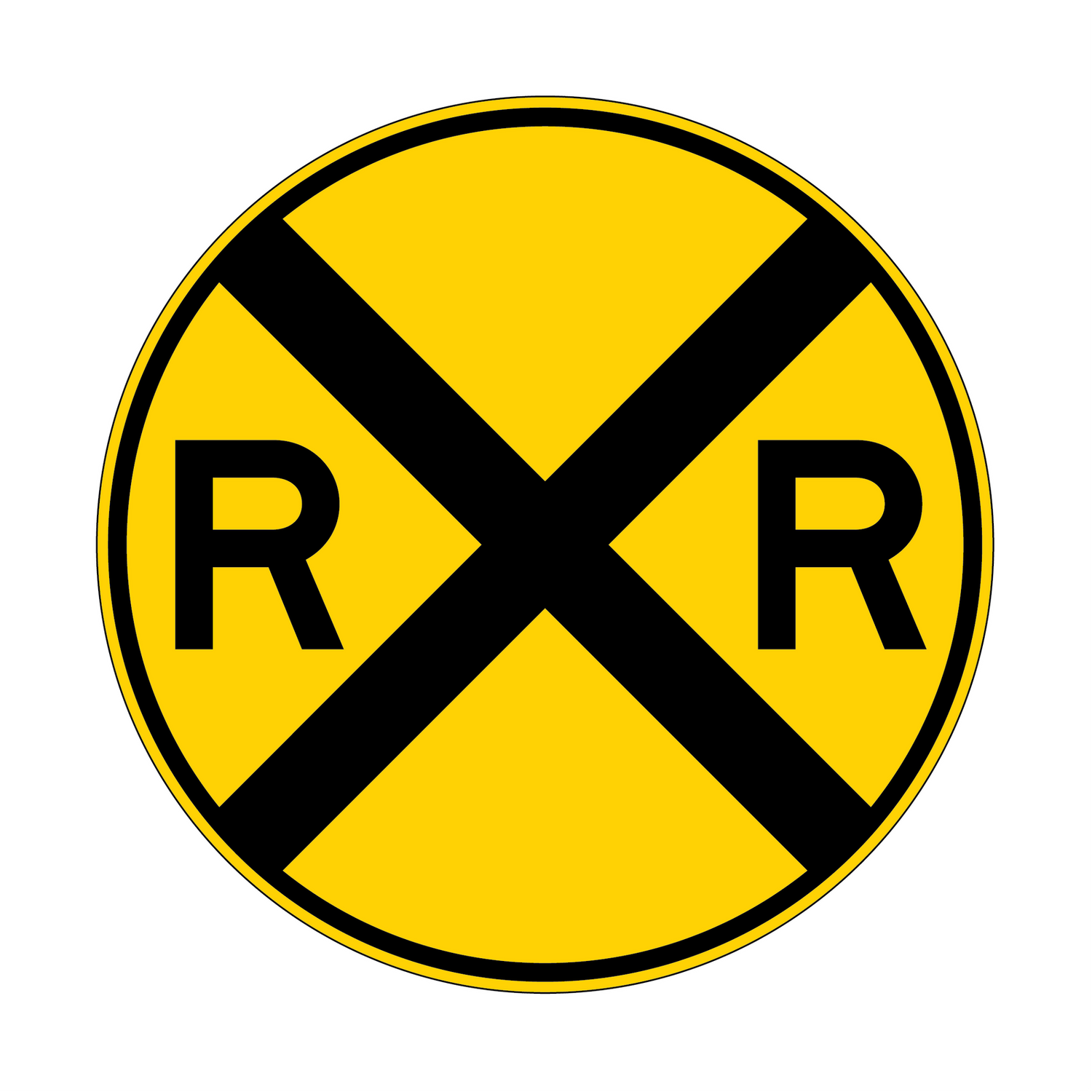
Why Reflective Safety Decals Are Essential for Low-Light Conditions
Visibility is crucial in low-light environments. Whether it’s a dimly lit warehouse, a foggy road, or an emergency situation, being seen can prevent accidents and save lives. Reflective safety decals,...

